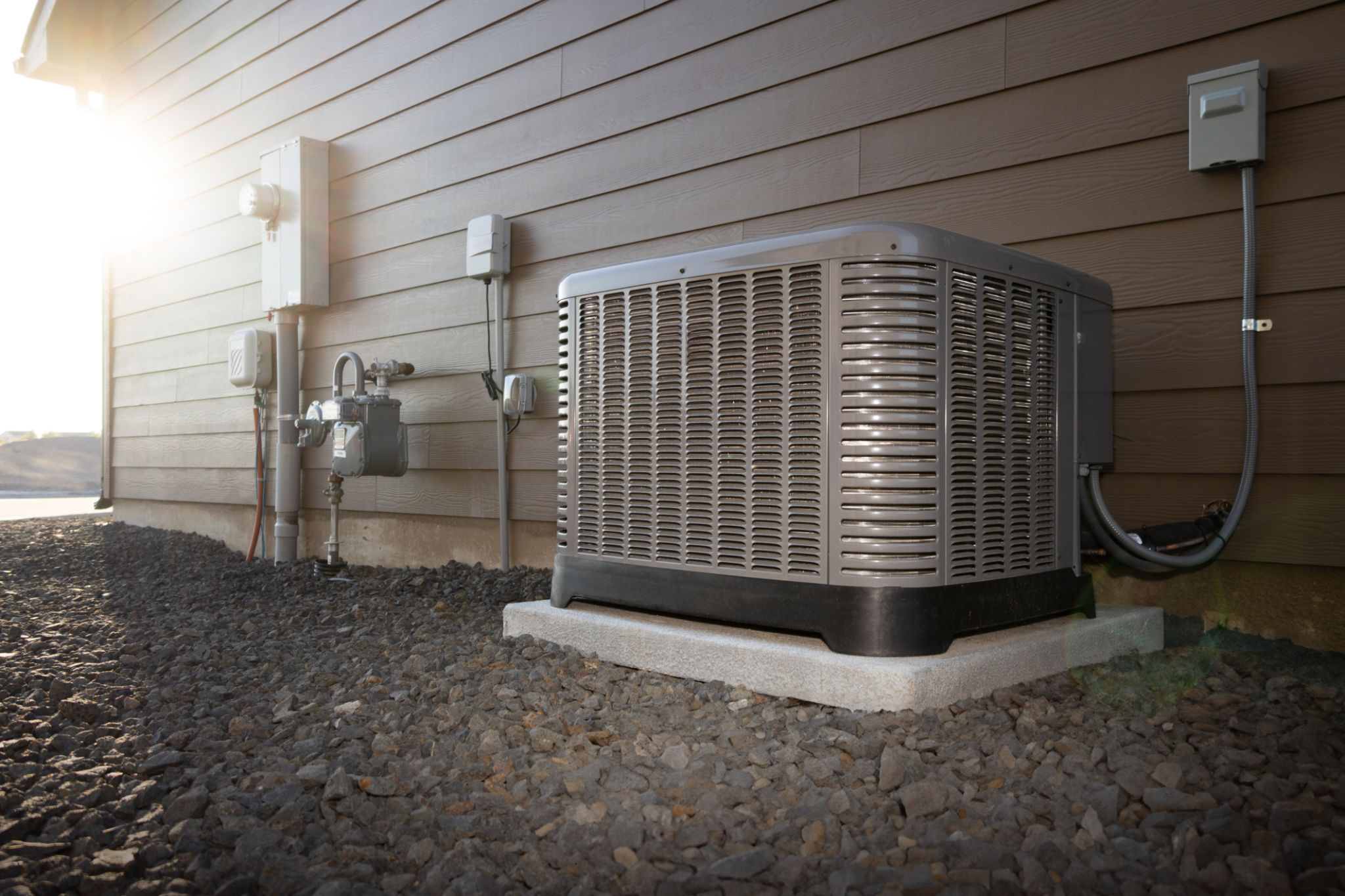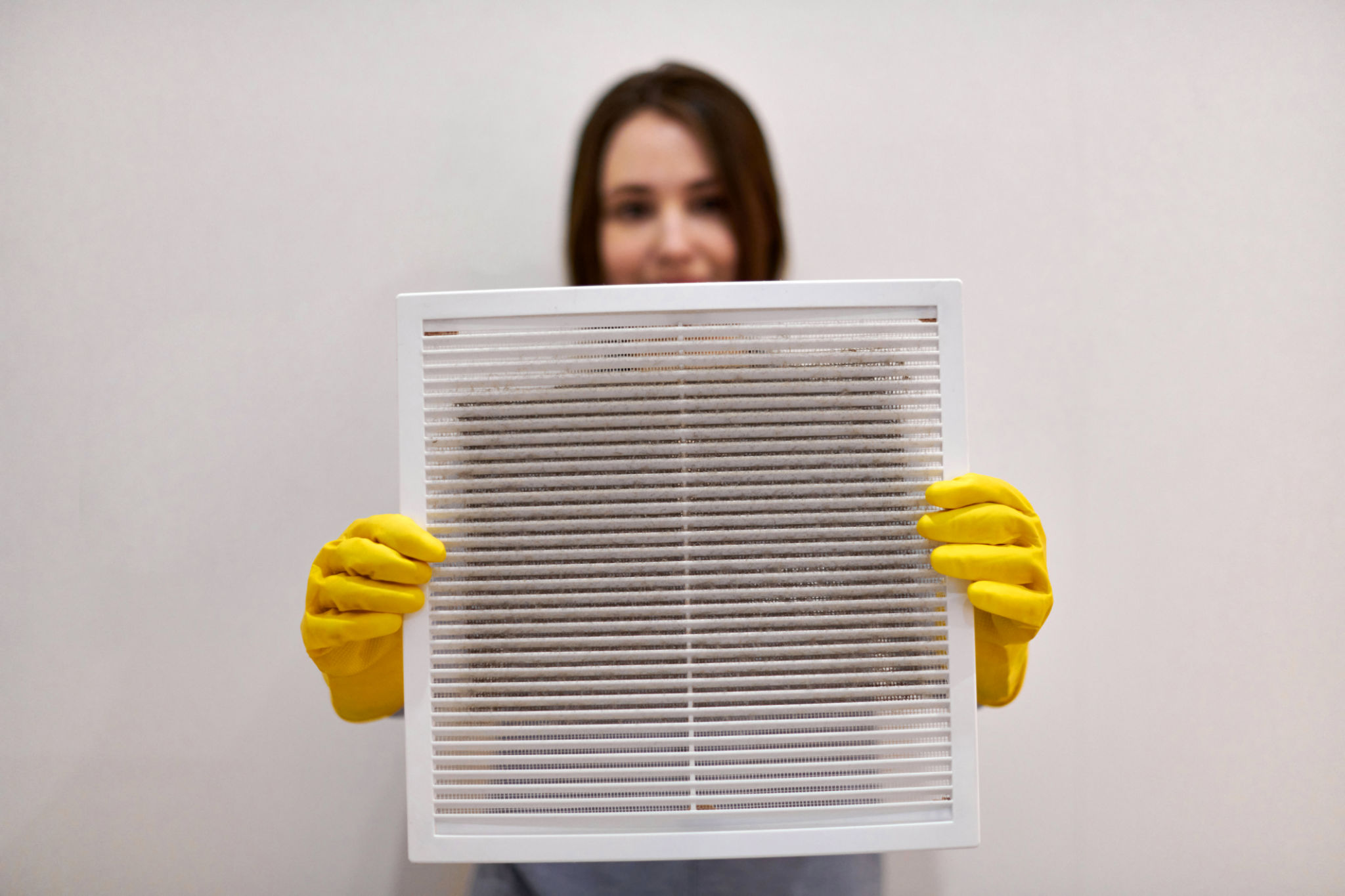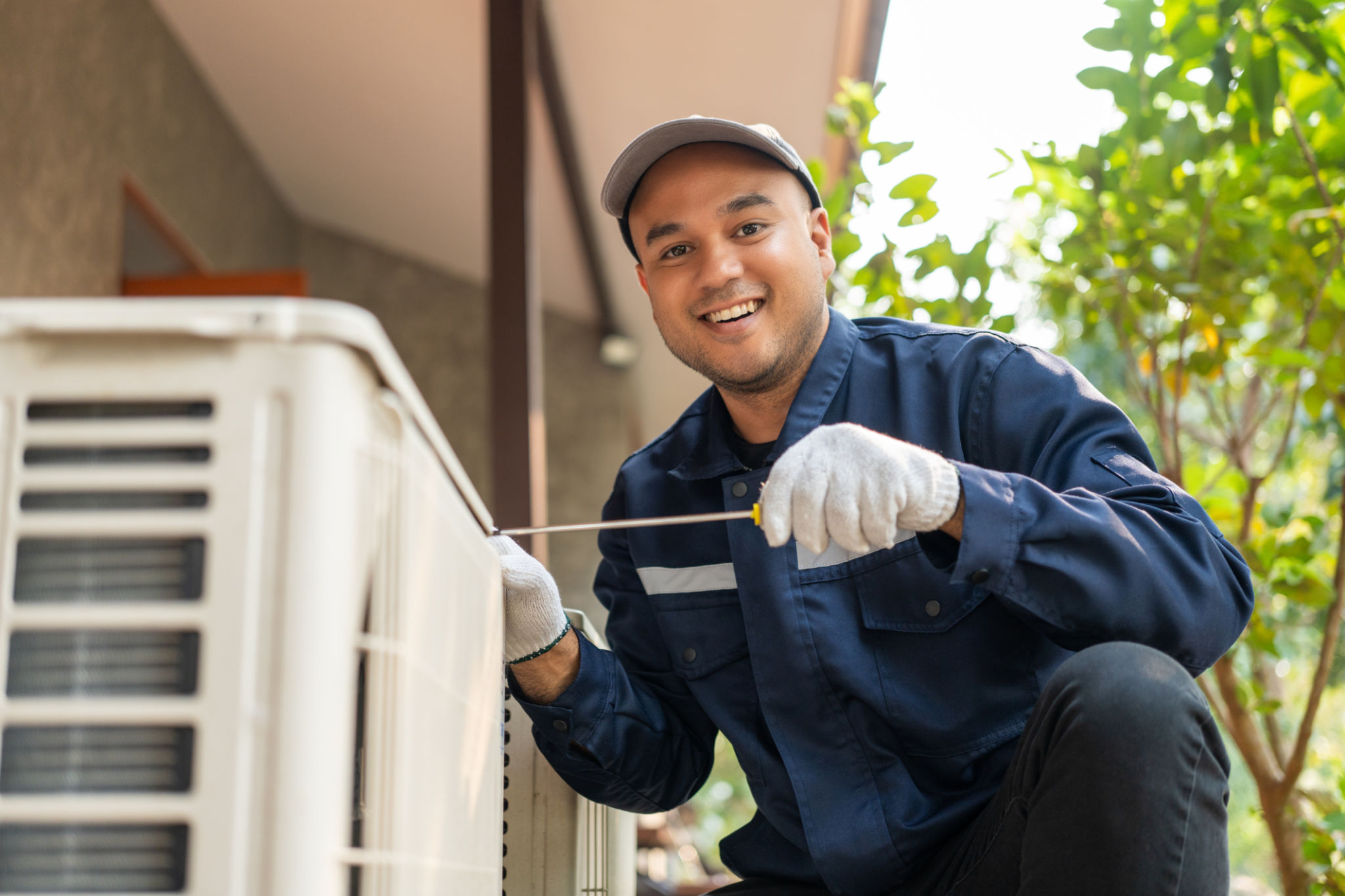DIY HVAC Troubleshooting: Quick Fixes for Common Issues
Understanding Your HVAC System
Dealing with a malfunctioning HVAC system can be frustrating, especially during extreme weather. However, before you call in the professionals, there are several DIY troubleshooting steps you can take to resolve common issues quickly. Knowing how your HVAC system works is the first step in diagnosing problems.

Check the Thermostat
One of the simplest yet often overlooked issues stems from the thermostat. If your HVAC system isn't responding, try these steps:
- Ensure the thermostat is set to the correct mode (heating or cooling).
- Replace the batteries if it’s battery-operated.
- Check that the thermostat is clean and free of dust.
A thermostat misconfiguration or malfunction can lead to significant discomfort, but it's typically an easy fix.
Inspect Air Filters
Dirty air filters are a common culprit behind HVAC inefficiencies. When filters are clogged, they restrict airflow, causing the system to work harder. To avoid this:
- Turn off your HVAC system.
- Remove the air filter.
- Hold it up to a light source; if light cannot pass through, it's time to clean or replace it.
Regularly changing your filters not only improves air quality but also enhances system efficiency.

Examine Circuit Breakers and Power Supply
If your HVAC system won’t turn on at all, you might have a power issue. Check your home’s circuit breaker panel and reset any tripped breakers associated with your HVAC system. Additionally, ensure that all power switches are turned on, including external units.
Assess the Outdoor Unit
The outdoor unit of your HVAC system can also face issues due to debris accumulation. Follow these steps to maintain it:
- Clear away leaves, dust, and other debris from around the unit.
- Ensure at least two feet of clear space around the unit for proper airflow.
- Check for any visible damage or obstructions to the fan blades.
Regular maintenance of the outdoor unit is vital for optimal performance.

Troubleshoot Refrigerant Levels
Low refrigerant levels can cause inadequate cooling or heating. This is a more complex issue that might require professional attention, but you can check for visible signs like ice buildup on refrigerant lines or hissing sounds indicating a leak.
Check for Unusual Noises
If your HVAC system is making strange noises, it could indicate mechanical issues. Listen for:
- Banging: Could mean loose parts.
- Squealing: May indicate a belt issue.
- Rattling: Often caused by debris in the system.
Identifying these noises early can help prevent more significant problems down the line.
When to Call a Professional
If you've tried these troubleshooting steps and your HVAC system still isn't operating correctly, it might be time to call a professional. Issues like electrical faults or refrigerant leaks require specialized expertise to handle safely and effectively.

By taking these DIY troubleshooting steps, you can potentially save time and money while ensuring your HVAC system runs smoothly. Regular maintenance and prompt attention to issues are key to extending its lifespan and improving its efficiency.
